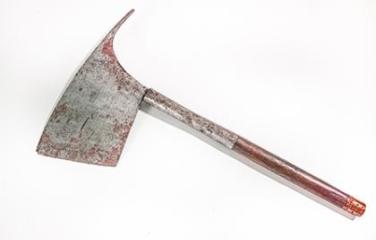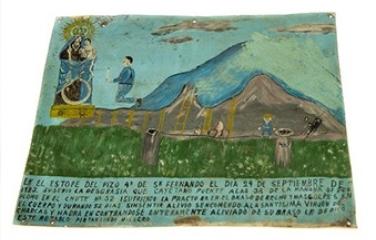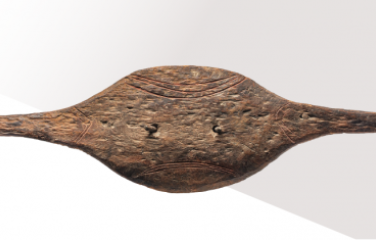Axe heading home to the Philippines
A wood and steel axe of cultural significance has been returned to the Philippines.




Published: 16 September 2025
Published: 16 September 2025
These documents may not meet WCAG 2.0 accessibility requirements. Please email intergovernmentalengagement@arts.gov.au for more information.

